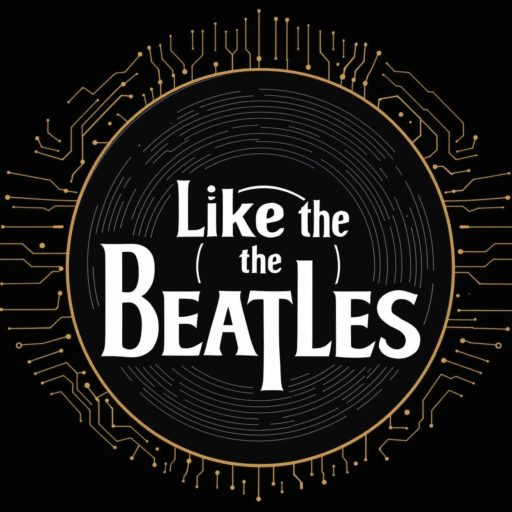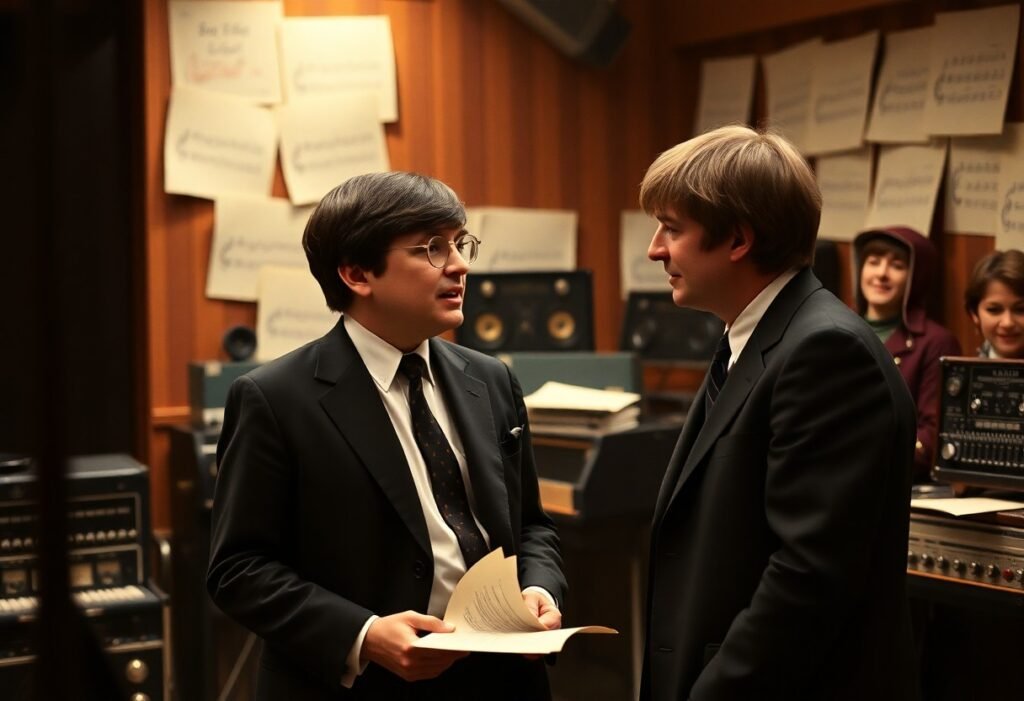The Musical Revolution: Innovations and Influences
The Beatles, often hailed as one of the most influential musical acts in history, played a pivotal role in transforming the landscape of popular music. Their journey began with a collection of catchy pop tunes, but as they progressed, they developed a more sophisticated approach to songwriting. The transition was not merely a shift in style; it marked the beginning of a musical revolution that integrated elements from various genres and cultures, enriching the overall tapestry of their work.
Albums such as ‘Sgt. Pepper’s Lonely Hearts Club Band’ and ‘The White Album’ serve as landmark achievements that exemplify their innovative spirit. ‘Sgt. Pepper’s’ in particular is often regarded as a benchmark in the artistic potential of album-making, blending rock, psychedelia, and even classical influences. The use of unconventional instruments, such as the sitar in “Within You Without You,” showcased their eagerness to experiment and push boundaries. The Beatles’ facility for melding distinct musical styles exemplified a fresh approach to composition, prompting artists to rethink the structure and storytelling elements in popular music.
Additionally, The Beatles’ groundbreaking recording techniques changed how music was produced, allowing for more intricate arrangements and soundscapes. Their collaborative relationship with producer George Martin resulted in innovative studio techniques, including multi-tracking and the use of tape loops. Such advancements had ripple effects throughout the industry, inspiring an entire generation of musicians to explore and expand the limits of their artistry.
The Beatles’ influence extends beyond their own discography; they have inspired countless artists across genres, from rock to hip-hop. Their emphasis on artistic expression has set new standards within the music realm, creating a legacy that remains relevant today. As a result, the innovations and influences of The Beatles continue to resonate with musicians and fans alike, ensuring their place in the pantheon of musical history.
Cultural Impact: Beyond Music
The Beatles transcended the realm of music; they became an intrinsic part of the cultural fabric of the 1960s and beyond. Their emergence during a time of social upheaval resonated deeply with the youth, establishing them as synonymous with the counterculture movement. This period saw a significant shift in societal values, and the Beatles played a pivotal role in shaping those changes, serving as a voice for an entire generation advocating for peace, love, and liberation.
Fashion trends were inevitably influenced by the band’s ever-evolving image. From their iconic mop tops to the psychedelic attire seen in the late 1960s, The Beatles became style icons. Their bold fashion choices reflected the liberation and experimentation that characterized this transformative era, inviting young people to reflect their personalities and beliefs through what they wore. The engagement with fashion went hand-in-hand with their music, suggesting a synergy that spurred further creativity among fans and other artists alike.
Moreover, the Beatles’ music became the backdrop for significant social movements, including the civil rights movement and anti-war protests. Songs like “Revolution” and “Give Peace a Chance” transformed into anthems of change, emphasizing the importance of social justice and activism. The Beatles’ lyrics often encouraged listeners to think critically about the world around them, prompting discussions about morality, ethics, and the consequences of conflict. This profound engagement made their music a rallying cry that augmented their legacy beyond entertainment.
In their later years, The Beatles delved into themes of spirituality and consciousness, reflecting a broader societal exploration of these ideas. Their interest in transcendental meditation and Eastern philosophies introduced listeners to new forms of thought and deeper introspection. Such endeavors not only expanded their artistic repertoire but also solidified their status as cultural icons who dared to question norms and inspire change, ensuring their influence endures to this day.
Fashion and Style: A New Era of Expression
The Beatles emerged in the early 1960s as pioneers not only in music but also in fashion, reflecting the significant cultural shifts of their time. Their early image, characterized by the iconic ‘mop-top’ haircuts and tailored suits, resonated with the youth of the era, symbolizing a newfound sense of freedom and rebellion against conventional societal norms. This signature look, meticulously crafted by their manager Brian Epstein, was more than just a fashion statement; it represented the band’s collective desire to distinguish themselves from previous generations and partake in the evolving cultural landscape.
As their music evolved, so did their style. The mid-1960s marked a turning point for the Beatles, where they embraced bolder and more eclectic fashion choices. Their experimentation with vibrant colors, psychedelic patterns, and bohemian styles mirrored the counterculture movement of the time. Album covers, such as that of “Sgt. Pepper’s Lonely Hearts Club Band,” showcased the Beatles’ influence in the fashion world, inspiring a generation of fans to express their individuality through clothing. The flamboyant costumes worn during this period not only highlighted their artistic evolution but also set new trends that penetrated the global fashion scene.
The Beatles’ impact on fashion extended beyond their own wardrobe. Designers and brands sought to emulate their style, leading to a renewed interest in avant-garde and cutting-edge fashion. Iconic pieces, such as George Harrison’s embroidered jackets and John Lennon’s round glasses, became symbols of 1960s culture. The band’s ability to blur the lines between music and fashion facilitated a new era of self-expression, where fans were encouraged to adopt their aesthetic and embrace the idea that personal style could be a form of artistic expression.
In conclusion, the Beatles were not just musical icons; they were also influential style leaders whose fashion choices resonated deeply within the cultural ethos of the 1960s. Their evolution from simple hairstyles to intricate fashion statements not only marked a new trend but also established a lasting legacy that continues to inspire designers and fans alike to this day.
Legacy and Influence: The Beatles Today
The Beatles have left an indelible mark on contemporary music and culture that transcends time and borders. The band’s influence is evident in various genres, ranging from pop and rock to electronic music, inspiring countless artists and musicians. Their innovative songwriting and diverse musical styles have set a standard for future generations, encouraging a spirit of experimentation and artistic expression.
Modern media continues to celebrate The Beatles’ contributions through films, documentaries, and television programs. Notable projects such as Peter Jackson’s documentary “Get Back” provide fans with an intimate glimpse into the band’s creative process, reigniting interest in their music and artistic journey. Tribute bands and concerts dedicated to The Beatles draw audiences worldwide, demonstrating their enduring popularity and the timeless appeal of their songs. New renditions of classic tracks keep their music alive, while contemporary interpretations introduce their work to diverse listeners.
Moreover, The Beatles’ messages of love, unity, and social consciousness resonate strongly in today’s world. As issues of equality, peace, and mental health gain heightened awareness, the themes encapsulated in the Beatles’ lyrics remain relevant. Many young listeners are discovering their profound impact through social media platforms, where snippets of their songs and messages are shared and celebrated. This organic connection helps bridge generational gaps and fosters an appreciation for their artistry.
Their induction into the Rock and Roll Hall of Fame stands as a testament to their influence, cementing their legacy as timeless icons. The Beatles continue to serve as a source of inspiration for aspiring musicians and fans alike, ensuring that their legacy not only endures but flourishes in the ever-evolving landscape of popular culture.

